The Automotive Aftermarket is currently characterized by a dynamic competitive landscape, driven by technological advancements, evolving consumer preferences, and a growing emphasis on sustainability. Key players such as AutoZone (US), O'Reilly Automotive (US), and Denso Corporation (JP) are strategically positioning themselves to leverage these trends. AutoZone (US) focuses on enhancing its digital presence and customer engagement through advanced e-commerce platforms, while O'Reilly Automotive (US) emphasizes regional expansion and localized service offerings to cater to diverse market needs. Denso Corporation (JP), on the other hand, is heavily investing in innovative technologies, particularly in electric vehicle components, which reflects a broader industry shift towards electrification. Collectively, these strategies not only enhance their competitive edge but also shape the overall market dynamics, fostering a more integrated and responsive aftermarket ecosystem.
In terms of business tactics, companies are increasingly localizing manufacturing and optimizing supply chains to enhance efficiency and reduce costs. The Automotive Aftermarket appears moderately fragmented, with a mix of large corporations and smaller players. However, the influence of major companies like LKQ Corporation (US) and Bosch (DE) is substantial, as they dominate key segments of the market. Their ability to adapt to changing consumer demands and regulatory environments is crucial in maintaining their competitive positions.
In August 2025, LKQ Corporation (US) announced a strategic acquisition of a regional parts distributor, which is expected to enhance its distribution network and improve service delivery in underserved markets. This move is significant as it not only expands LKQ's footprint but also strengthens its supply chain capabilities, allowing for quicker response times to market demands. Such acquisitions are indicative of a broader trend where companies seek to consolidate their market presence through strategic growth initiatives.
In September 2025, Bosch (DE) unveiled a new line of aftermarket parts specifically designed for electric vehicles, aligning with the industry's shift towards sustainability and electrification. This initiative is particularly noteworthy as it positions Bosch as a leader in the emerging EV aftermarket segment, potentially capturing a significant share of a rapidly growing market. The introduction of these parts reflects Bosch's commitment to innovation and its proactive approach to meeting future automotive trends.
In October 2025, Denso Corporation (JP) launched a collaborative initiative with several automotive manufacturers to develop advanced telematics solutions aimed at enhancing vehicle connectivity and performance. This partnership underscores the importance of strategic alliances in the current market, as companies recognize the need to pool resources and expertise to drive innovation. Such collaborations are likely to become more prevalent as the industry navigates the complexities of digital transformation and consumer expectations.
As of October 2025, the Automotive Aftermarket is witnessing a pronounced shift towards digitalization, sustainability, and the integration of artificial intelligence. These trends are reshaping competitive strategies, with companies increasingly focusing on technological advancements rather than solely competing on price. Strategic alliances are playing a pivotal role in this evolution, enabling firms to leverage shared knowledge and resources. Looking ahead, competitive differentiation will likely hinge on innovation, technological integration, and the reliability of supply chains, marking a departure from traditional price-based competition.


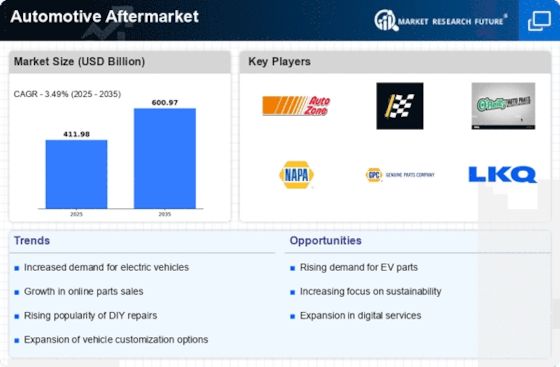
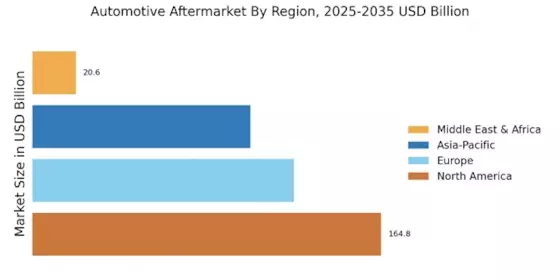
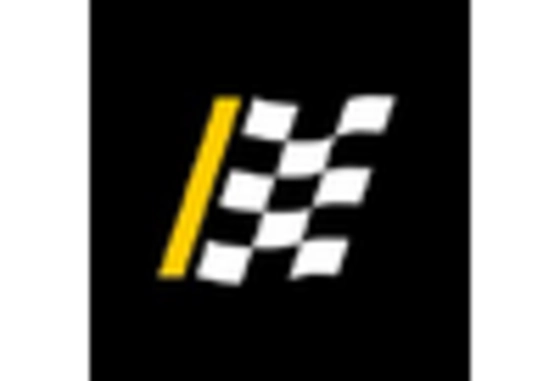

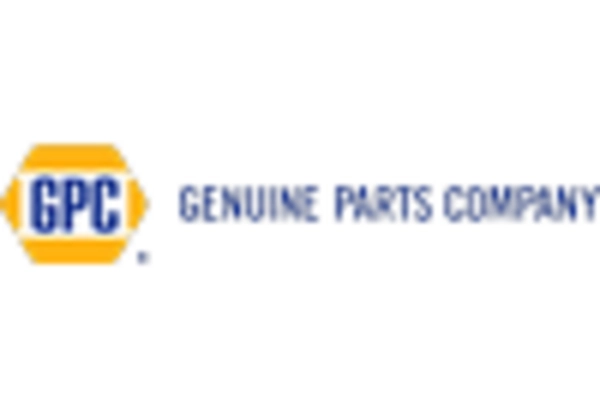

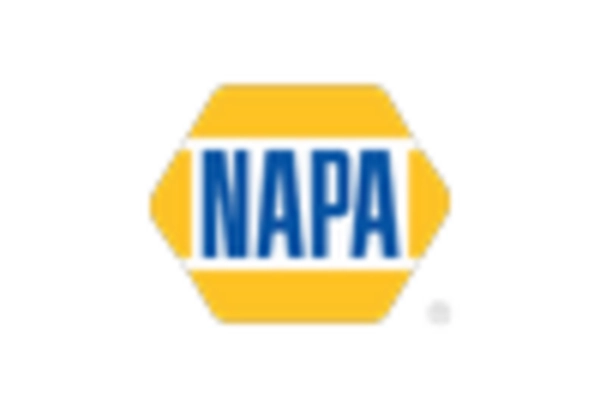









Leave a Comment